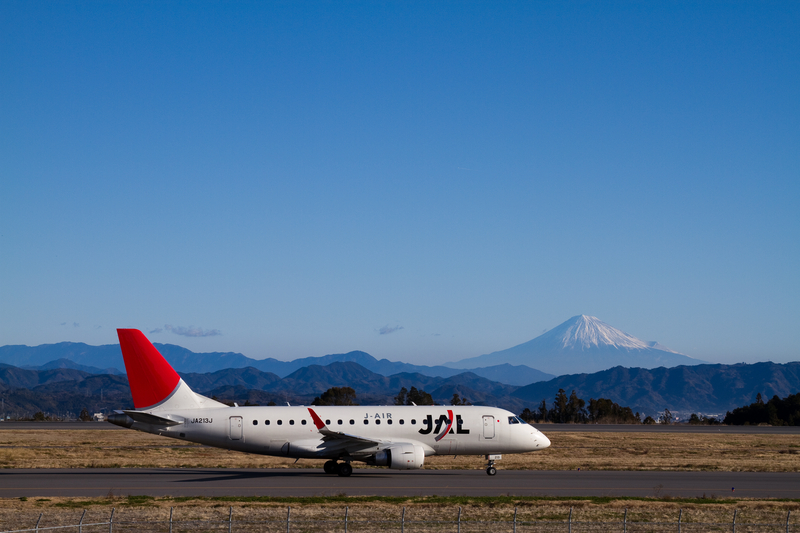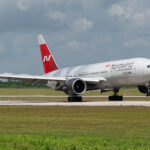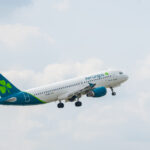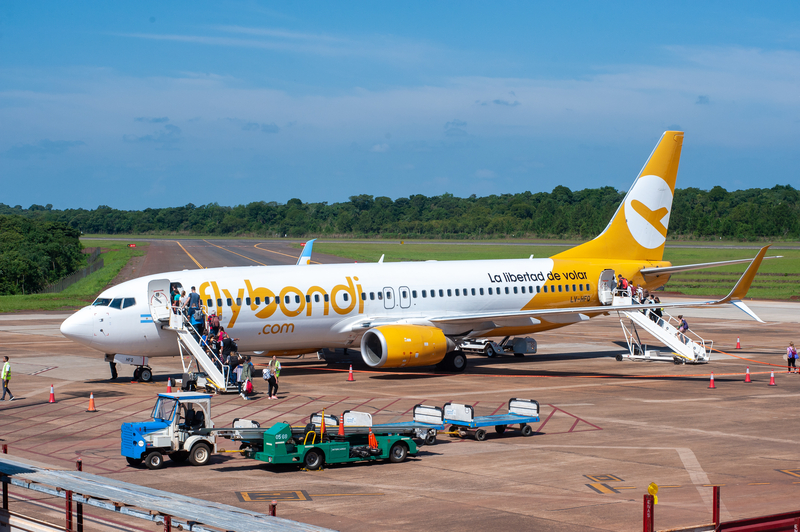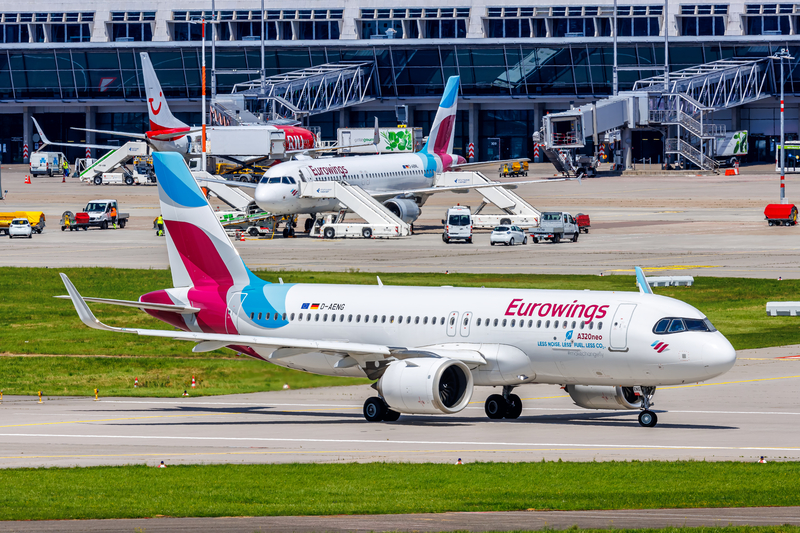JAL’s Next Big Refresh: Up To 70 New Regional Jets And Turboprops
Japan Airlines (JAL) is preparing a sweeping renewal of its domestic regional fleet and is evaluating as many as 70 aircraft—roughly 40 single-aisle jets and 30 turboprops, according to local reporting. A decision is expected by the end of JAL’s current fiscal year (by March 31, 2026), setting up deliveries that would reshape flying beyond Japan’s largest metro markets.
Why JAL Is Moving Now
JAL’s brief is clear: simplify a patchwork regional fleet, cut operating costs, and right-size capacity as Japan’s aging, slowly shrinking population changes demand patterns. Consolidation to fewer types also reduces training, spares, and maintenance complexity—important levers on short-haul economics where margins are thin.
The Shortlist: A220 vs. E2—Plus New Turboprops
On the jet side, JAL is understood to be weighing the Airbus A220-300 against Embraer’s E2 family (notably the E195-E2) in the 100–150 seat bracket. Both use Pratt & Whitney geared-turbofan technology, promising double-digit fuel-burn gains versus earlier-generation aircraft and the range to stitch together thinner city pairs without widebodies.
For propeller aircraft—critical on shorter sectors and weather-challenged airfields—ATR is the natural favorite. The group already flies ATR 42-600s and ATR 72-600s, and a larger order would deepen parts and training commonality across JAL’s regional affiliates.
Where The Fleet Stands Today
JAL’s regional operation spans multiple types—an efficiency drag the airline aims to fix:
-
Embraer: 18 E170s, 14 E190s
-
ATR: 13 ATR 42-600s, 2 ATR 72-600s
-
De Havilland: 5 DHC-8 Q400s
Standardizing around one jet family and one turboprop family would streamline crew rosters and maintenance while giving planners tighter control over seat-count granularity.
How This Fits The Bigger JAL Plan
The regional renewal sits inside a broader fleet transformation through 2030. JAL has dozens of mainline aircraft on order—including A321neo, A350-900/-1000, 737 MAX 8, and 787-9—to replace older types and pivot widebodies off domestic trunk routes where possible. Recent steps include:
-
A follow-on order for 737 MAX 8 to replace 737-800s on domestic/mainline short-haul.
-
A321neo to backfill mid-capacity missions and ease 767 retirements on domestic runs.
-
Additional A350-900s to accelerate 777 replacement and fuel international growth (with long-haul expansion targeted mainly at North America and Asia).
What To Watch
-
Type count: Expect JAL to favor a “one-jet/one-turboprop” outcome to lock in scale benefits.
-
Cabin fit: A220 and E2 both support premium-leaning domestic layouts; the winner’s cabin flexibility will matter for high-yield peaks.
-
Ops reality: Short-field and winter operations in Hokkaido and Tohoku keep turboprops essential; ATR’s footprint—and existing JAL know-how—are advantages.
-
Deliveries vs. retirements: Timing the handoff from E-Jets and Q400s without creating capacity gaps on monopoly and lifeline routes will be a delicate dance.
Bottom Line
JAL’s plan to acquire up to 70 regional aircraft is a decisive move to simplify the fleet and better match Japan’s evolving domestic demand. An A220 vs. E2 jet shoot-out paired with a likely ATR turboprop top-up would give JAL lower unit costs, cleaner scheduling blocks, and the right gauge for thinner markets—freeing widebodies to do what they do best: long-haul growth.
